The Effectiveness of Email Marketing

Open up your inbox and you’ll probably find at least one, if not several, newsletters. They come at us fast and furious. From thought leaders to food bloggers, it seems like everyone has a newsletter. But, why, with so many other content sharing outlets, do we choose to create, sign up for, and engage with newsletters?
It’s because newsletters provide a unique opportunity to connect with your audience authentically while still remaining true to your brand. Social media tends to be focused on the promotional aspects of a brand, and while you’ll see some promotion in newsletters, there is a more personal element where many brands feel comfortable sharing what they wouldn’t in other online spaces.
“Email has an ability many channels don’t: creating valuable, personal touches – at scale.” – David Newman
WHY IT WORKS
There are currently 3.9 billion email subscribers and this number continues to increase, year-after-year. According to marketing experts, email newsletters are the best way to nurture leads, with 88% of the top-performing newsletters prioritizing the audience’s informational needs over the organization’s promotional needs. Authenticity over sales adds value to the relationship you’re establishing with your audience, and that’s important.
An added benefit to email marketing is that people opt-in to receive your brand’s messaging. Your audience wants this information. Mapping out the customer journey and using personalized content are considered the most effective ways to optimize marketing automation. With direct, conversational emails to “Betsy,” you can establish long-term loyalty and nurture leads in a way that cannot be done elsewhere.
GETTING STARTED
Like almost anything, there is a lot of advice on how to get started with email marketing. Chris Brogan offers some helpful tips, with his number one secret being: “I put my BEST content in my newsletter.” This is powerful advice and ties into the concept of adding the most value that you can to your audience. Don’t send a newsletter just to send a newsletter. And remember, be authentic in what you’re sharing. Don’t force it.
Here are some additional best practices to keep in mind:
- Develop a consistent cadence, but do not send more than one newsletter a week.
- Personalize your messaging and your subject when possible; “Dear reader” won’t cut it.
- Follow CAN-SPAM laws; this means being honest about sender information and email contents, and honouring unsubscribes.
- Monitor your deliverability rate; 95% or higher is a healthy rate.
- Periodically clean up your list to remove unsubscribed and hard bounces; sunset disengaged users.
- Monitor engagement rates; you want messages to resonate with your audience.
A FEW OF OUR FAVORITES
As a marketing company, we receive a few email newsletters. And, in most cases, we’ve opted into them based on the fact that they provide value to our lives, and even allow us to serve our clients better.
Here are a few of our favorites, and why:
Amy Lynn Andrews writes a weekly “Useletter” that I always open. It’s numbered items with links and all things that she found useful as it relates to working online. And the font is large enough to make it easily readable. – Karin T.
I love Whitney Johnson‘s newsletter and Chris Brogan‘s newsletter. I like both for the same reason. They show up—they share how they are doing personally while sharing valuable content. – Becky R.
I enjoy Seth Godin‘s newsletter. It’s daily. It has no design elements, but it always has content that gets you thinking. – Christy K.
THE BOTTOM LINE
Email marketing is good for business. The connection you create with your audience is invaluable, helping build your brand in a way that other marketing avenues simply don’t. Helpful, personalized content is the most valuable and it allows you to have FUN with your brand. Who wouldn’t want that?
Source: This article was originally published on: weavinginfluence.com and written by WI Admin. Image by natanaelginting on freepik.com












